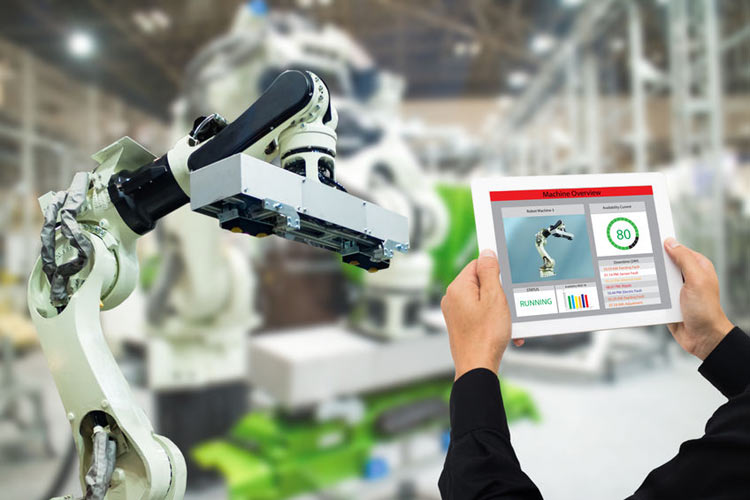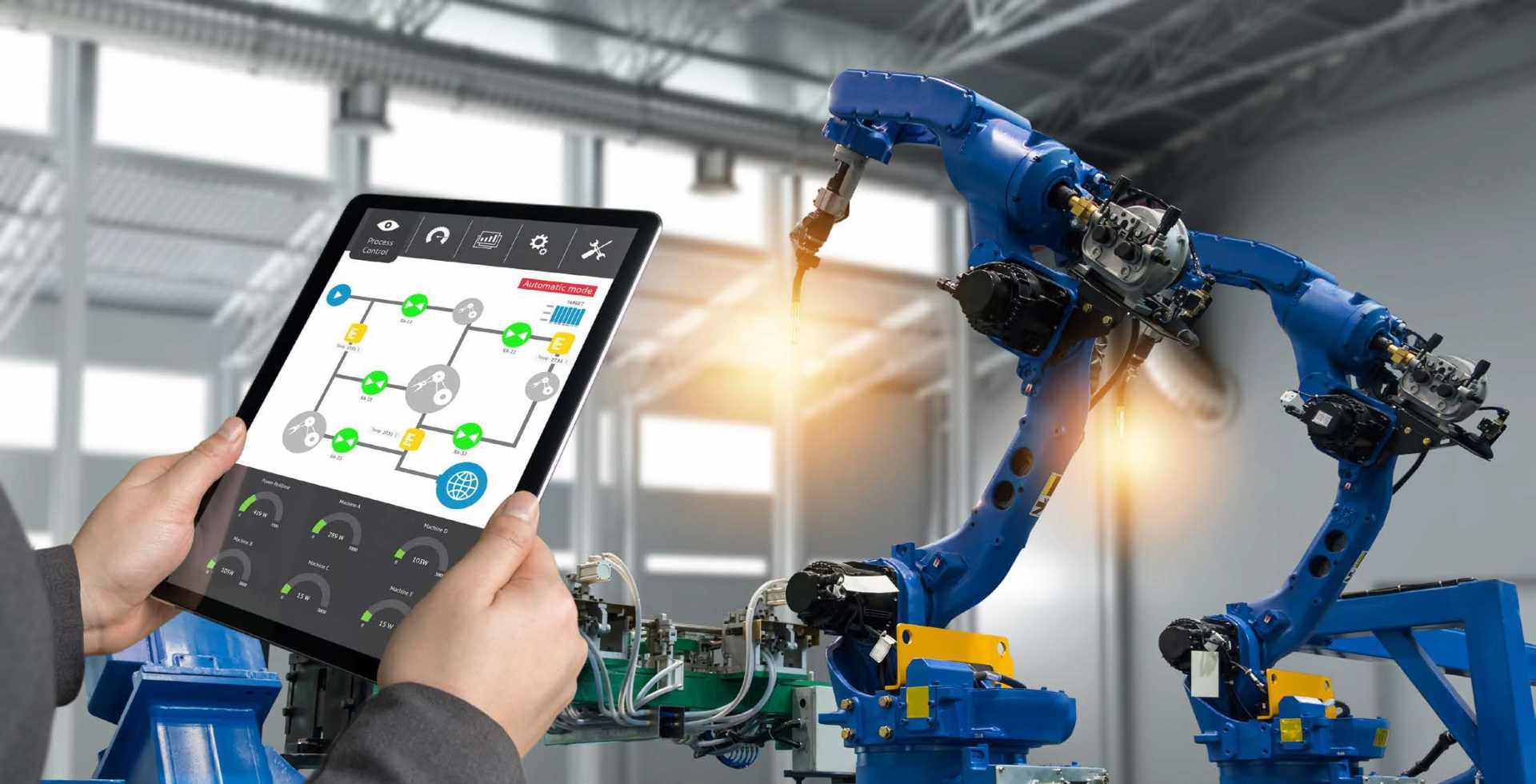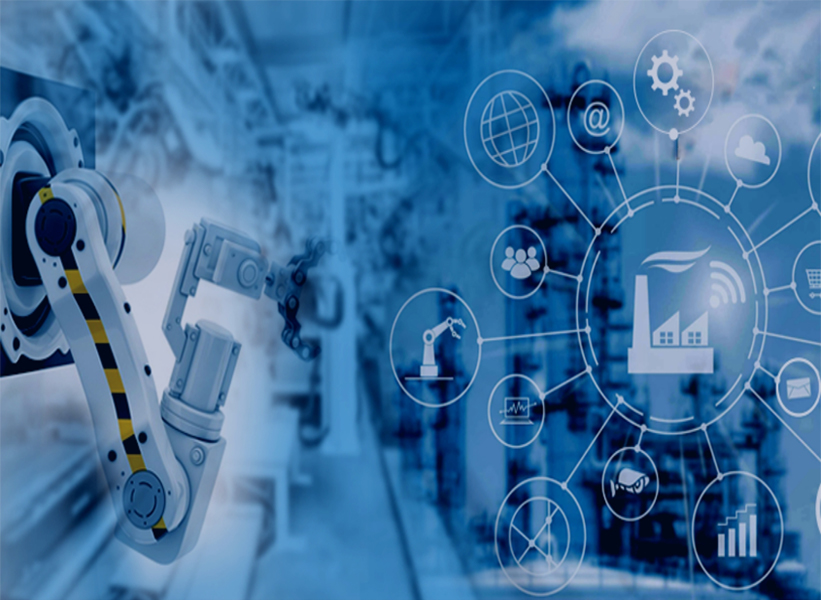Machine Learning Solutions for Industrial IoT
Industrial IoT (IIoT) is a rapidly growing field that promises to bring significant benefits to businesses of all sizes. By connecting physical devices to the internet, IIoT can collect and analyze data in real time, which can then be used to improve efficiency, productivity, and safety.

Machine learning (ML) is a powerful tool that can be used to extract insights from IIoT data. ML algorithms can learn from historical data and identify patterns that can be used to predict future events. This predictive power can be used to improve decision-making and optimize operations.
There are a wide variety of ML solutions that can be used for IIoT applications. Some of the most common include:
- Predictive maintenance: ML algorithms can be used to predict when equipment is likely to fail, which can help businesses schedule maintenance in advance and avoid costly downtime.
- Fraud detection: ML algorithms can be used to identify fraudulent transactions, which can help businesses protect their revenue and prevent financial losses.
- Product quality control: ML algorithms can be used to inspect products for defects, which can help businesses improve quality and reduce product recalls.
- Energy efficiency: ML algorithms can be used to optimize energy usage, which can help businesses reduce their operating costs.
- Safety: ML algorithms can be used to monitor workplace safety, which can help prevent accidents and injuries.

These are just a few examples of the many ways that ML can be used to improve IIoT applications. As ML continues to evolve, we can expect to see even more innovative and groundbreaking applications for IIoT in the years to come.
Benefits of Machine Learning for Industrial IoT
There are many benefits to using ML for IIoT, including:

- Improved efficiency: ML can help businesses improve efficiency by identifying and eliminating inefficiencies in their operations. For example, ML algorithms can be used to optimize production schedules, route deliveries, and manage inventory.
- Increased productivity: ML can help businesses increase productivity by automating tasks that are currently performed manually. For example, ML algorithms can be used to monitor equipment, diagnose problems, and perform repairs.
- Enhanced safety: ML can help businesses improve safety by identifying and mitigating risks. For example, ML algorithms can be used to monitor workplace conditions, detect hazardous materials, and predict accidents.
- Reduced costs: ML can help businesses reduce costs by optimizing operations, automating tasks, and improving safety. For example, ML algorithms can be used to reduce energy consumption, lower maintenance costs, and prevent product recalls.
- Improved customer experience: ML can help businesses improve the customer experience by providing personalized services and recommendations. For example, ML algorithms can be used to track customer preferences, predict customer needs, and recommend products and services.
Challenges of Machine Learning for Industrial IoT
There are also some challenges associated with using ML for IIoT, including:

- Data collection: In order to train ML models, businesses need to collect large amounts of data. This data can be difficult to collect, especially in industrial settings where equipment is often not connected to the internet.
- Data quality: The quality of the data used to train ML models is critical to the performance of the models. If the data is inaccurate or incomplete, the models will not be able to make accurate predictions.
- Algorithm selection: There are many different ML algorithms available, and each algorithm is suited for different types of problems. Choosing the right algorithm for a particular problem can be a challenge.
- Model training: Training ML models can be a time-consuming and computationally intensive process. This can be a challenge for businesses that need to deploy models quickly.
- Model deployment: Once ML models have been trained, they need to be deployed to production environments. This can be a challenge, especially in industrial settings where equipment is often not connected to the internet.
How to Implement Machine Learning for Industrial IoT

Successfully implementing ML for IIoT requires careful planning and execution. Here are some tips for getting started:


- Identify a business problem that ML can solve. Not every business problem is a good fit for ML. Before you start collecting data and building models, make sure that you have a clear understanding of the problem you want to solve and how ML can help you solve it.
- Collect the right data. The quality of your data is critical to the performance of your ML models. Make sure that you collect the data you need in a format that can be used by your ML algorithms.
- Choose the right ML algorithm. There are many different ML algorithms available, and each algorithm is suited for different types of problems. Choose the algorithm that is most likely to give you the results you need.
- Train your ML models. Training ML models can be a time-consuming and computationally intensive process. Make sure that you have the resources you need
Post a Comment